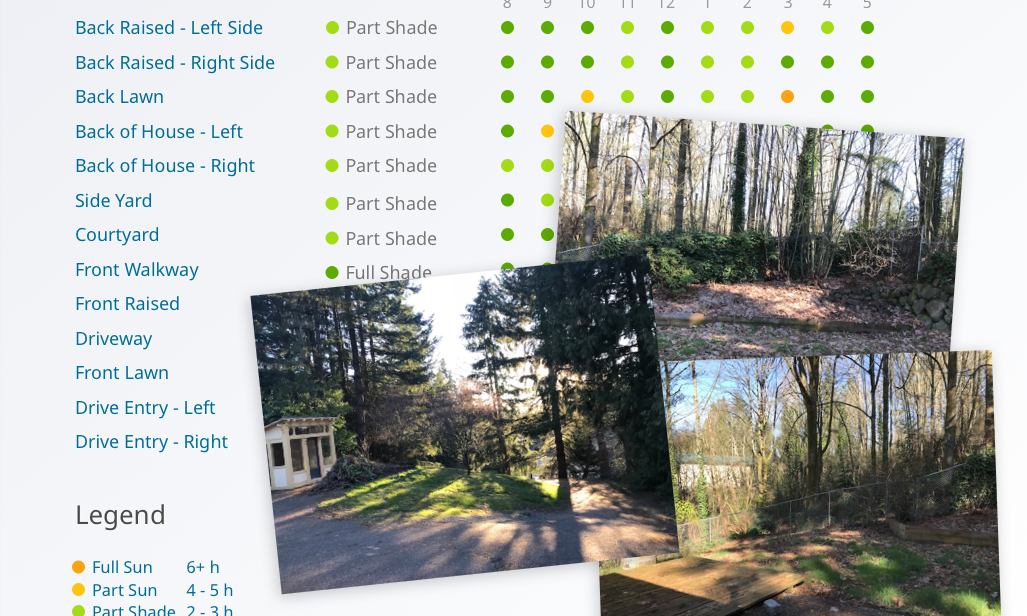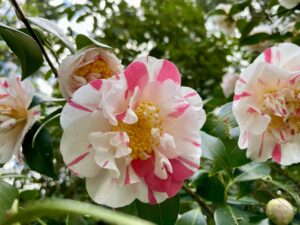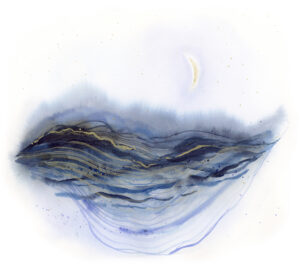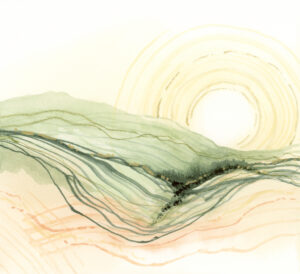To determine what plants can go where, I performed a sunlight evaluation for all garden zones across the property. On a sunny day, I took photos of each area every hour. I placed those photos in grids to evaluate the sun patterns throughout the day and determine each area’s overall light level.
Here’s an example..
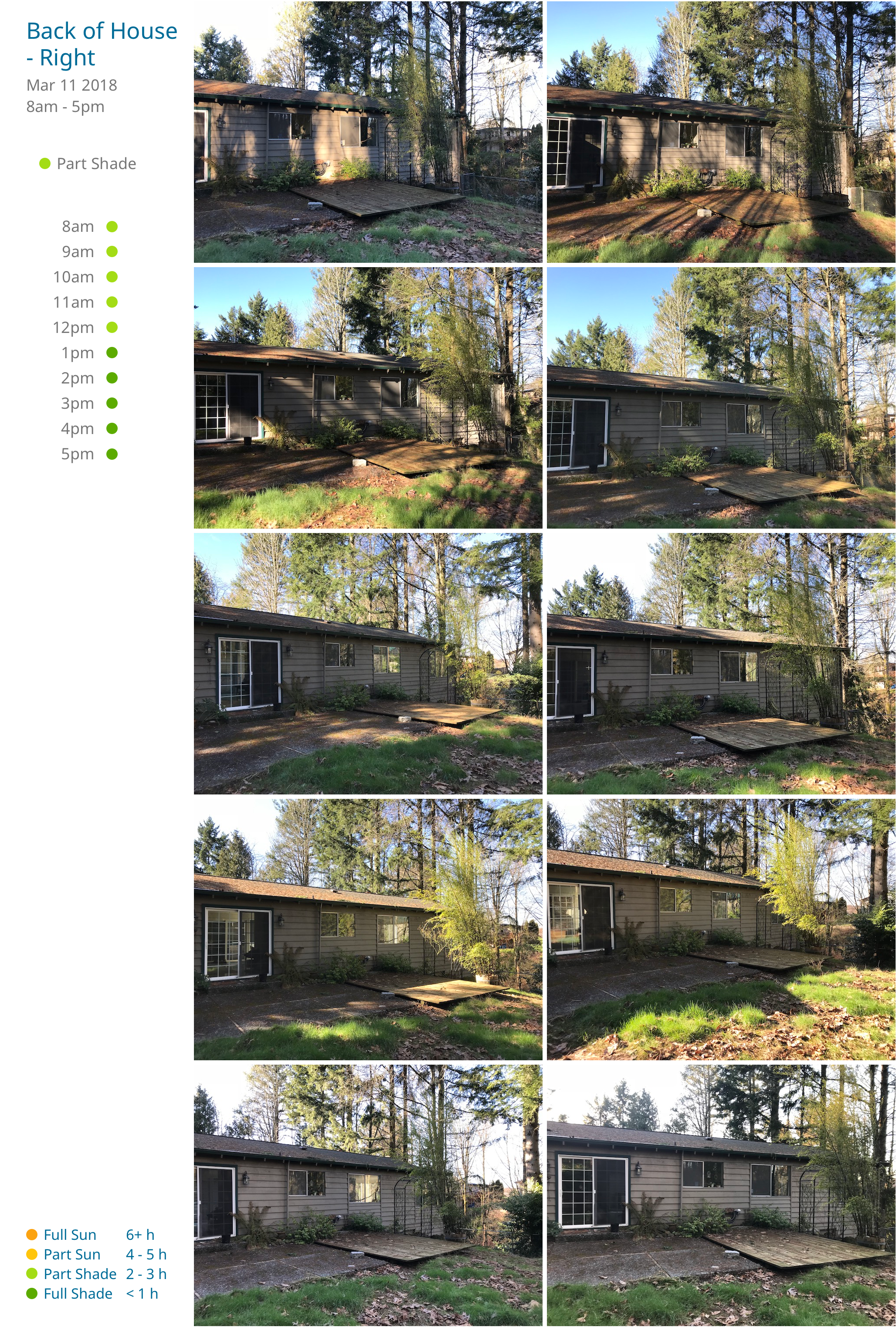
I did this for each of the 13 zones and created a visual chart of the light conditions at every hour and overall. Here is the chart along with light requirement descriptions..
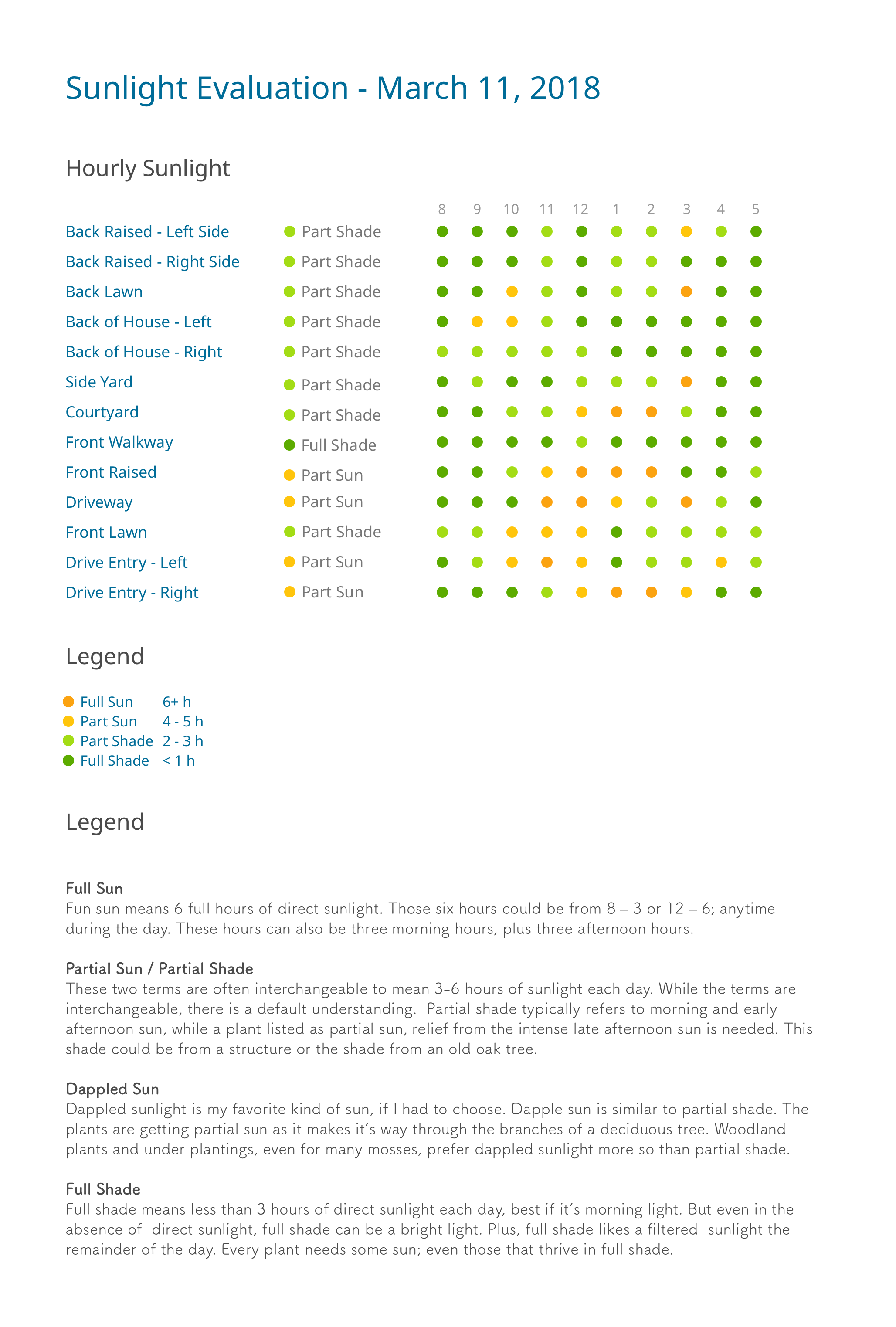
Throughout this process, I learned a few things. As a new gardener, I hadn’t really thought about what the sunlight requirement labels really meant on plants. Indoor or patio plants were a fairly straight forward thing in my past apartments. I now recognize there are a few nuances to garden bed planting. Not only that, but it’s a bit of a guessing game, since the light changes so much from season to season and throughout the day–especially as my property is surrounded by very tall deciduous trees. One area with sun in the winter might have complete shade in summer due to the big leaf maples filling out with leaves.
Here are a few key insights:
- My gardens do not get as much sun as I thought they did, and I never realized that the label full sun indicates a requirement of at least 6 hours (so my courtyard, which gets about 5 hours of hot midday sun, is considered part shade—surpising!)
- Seasonally, light may change counter-intuitively in your garden (especially with deciduous trees), and it can be difficult to predict summer light from early spring light as a result
- Light requirements account for the ‘growing season’ of the plant–meaning, an early spring blooming perennial needs the required light in early spring, whereas a late summer plant needs it in late summer light (not all year round, as I wondered)
- If a plant has a dormant period, as is often the case during winter regardless of weather it keeps it’s leaves, the light requirements don’t really apply
- Eight hours of dappled light, equates (loosely) to part shade–consider adding up all the bits of light the plant may get (please, don’t actually do that, that would be insane)
- Garden beds have subzones of light and drainage, which can be tricky
- Other considerations include soil needs (sandy or fluffy) and watering preferences (constantly moist or dry between watering)–you’ll want to pair like with like
- I had never really thought about how much I might need to water various garden beds, considering time and cost
- Consider the origin of the plant while reading the label–8 hours of Florida sun is different from 8 hours of Washington sun
- Ultimately, you can always move plants around if you find their conditions poor as the seasons unfold

